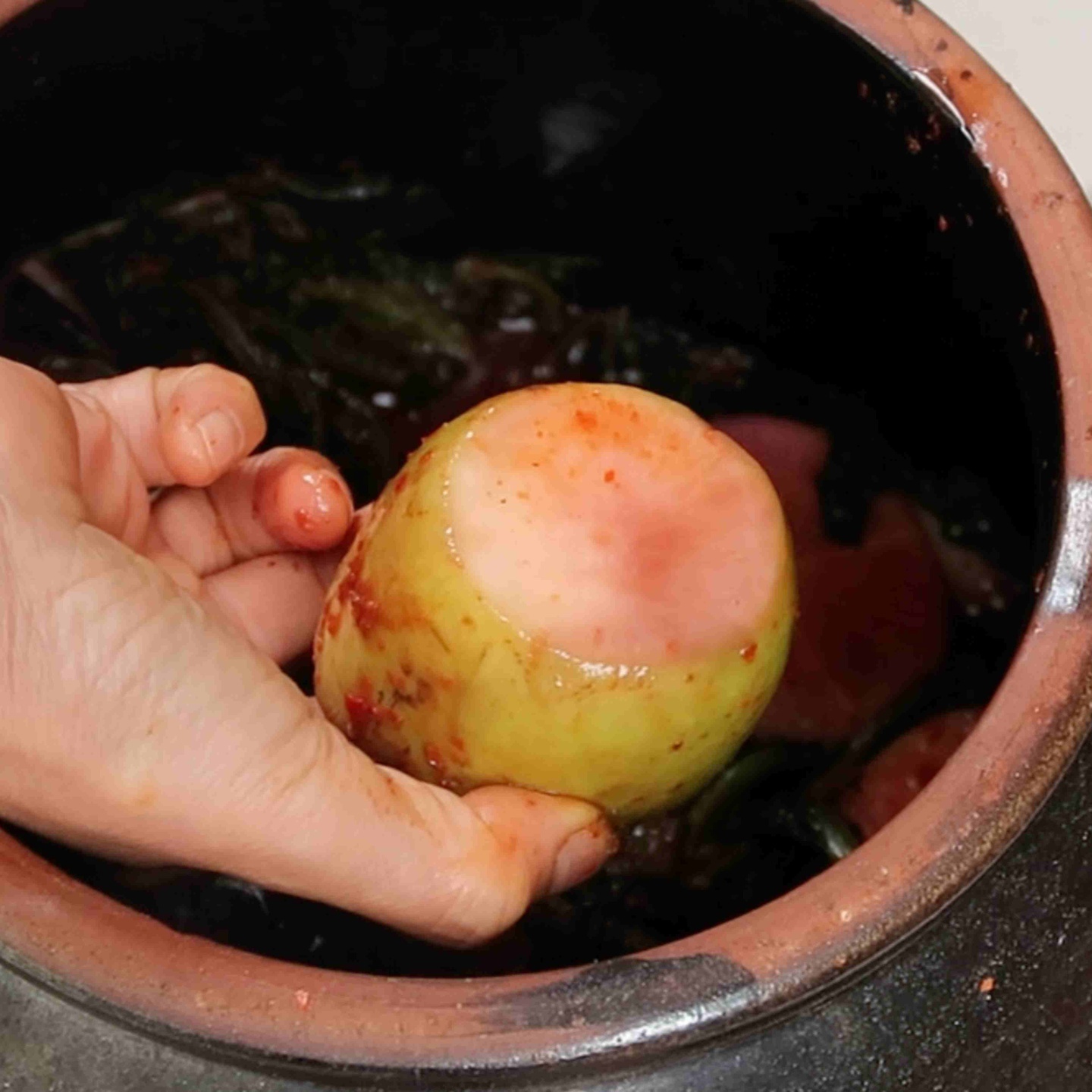What is Braised Foods (조림)?
Most braised Korean dishes are made from delicate ingredients like fish, tofu, or vegetables. There are fewer tougher cuts that are not too commonly braised and eaten in Korean cuisine, usually, other methods are used, but I will share some other more recipe-specific protein options as well.
In American/French cuisine, you may see the proteins are browned, then a liquid is added and they are covered with a lid and slowly cooked in the oven or stove in a shallow pot. Korean braised foods are made differently. In Korea, braised dishes are done on the stovetop.
You place the ingredients in a medium-sized shallow pot. The ingredients simmer in a liquid until it reduces and there is only a little liquid-like sauce left. You don’t need to cover it with a lid, but you can ensure even cooking. Usually, you leave the lid off the pot so the steam releases and the liquid reduces.
The point of braising is to tenderize the proteins while having them absorb the sauce. This method usually takes a bit longer depending on the protein because you cook the ingredients on medium-to-medium low heat for a longer amount of time. If you cook it for too short a time, the ingredients will not be tender or seasoned enough. If you cook for too long, certain proteins can be more tough.
What we want to Achieve to make Delicious Braised Dishes
Korean braised foods should be flavorful and nutritious. Korean braised dishes can be made with proteins and vegetables or vegetables alone. The ingredients that are chosen are then covered with some liquid and a sauce. The ingredients are simmered usually without the lid so that the liquid and sauce mixture can reduce. When braised foods are done simmering, there should only be a little liquid left in the pot, and the braised dish should have the following aspects.
- The vegetables in the braised dish should be cooked tender and not mushy. We add vegetables that take the longest first then the more delicate vegetables later to ensure this.
- The proteins should be cooked and tender. They should not be undercooked or overcooked by the time the liquid reduces to a sauce.
- Again, an indicator that this is a braised Korean dish is the amount of water left after cooking. The dish should be simmered until there is only a little bit of liquid left (a sauce).
- There ideally should be an appetizing shine to the braised foods. This can be accomplished by using a flavored oil or grain syrup. We will talk about that more later.
- There should be no overwhelming fish smell. We use certain methods to reduce the natural fish smell.
- Finally, the ingredients should be seasoned and should have absorbed the seasoned liquid well. We make incisions into large proteins to ensure they can absorb the sauce and cook quicker. If you boil your braised dish on too high heat, then the liquid will evaporate before the ingredients cook and absorb the flavor.
Cooking Vessels used to Braise
You need a medium-sized pot for braising. If it is too big, then the liquid will reduce and dissolve too quickly. If it is too small, then the ingredients will be too overlapped and not cook or absorb the seasoned liquid evenly. The pot should have a thick bottom that can hold heat for a longer time. It should be shallow enough for the ingredients to be covered in the liquid.
If you are using a lid, then it should fit the pot. Remember that usually a lid isn’t used, and the steam is released. Keep in mind if you do use a lid when braising fish, it can make the fish’s natural aroma stronger, which is less appetizing. Also, if you use a lid, monitor it well so to ensure the ingredients do not burn or cook too quickly.
The liquid used for Braising
Since the liquid used for making the braised dish is reduced to only a small amount, you do not need to use broth, you can use water. It will not affect the taste too much. You can use broth if you want, but water is easier since there is no prep and again, you will still get a delicious, braised dish. Rice water is another option to use in braised dishes to add added nutrients.

